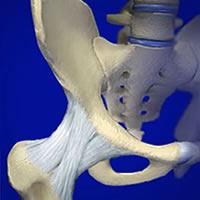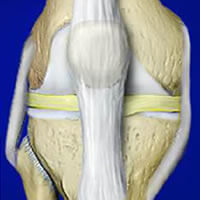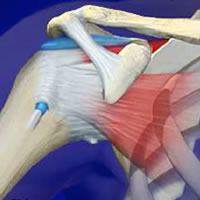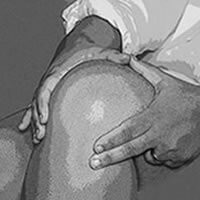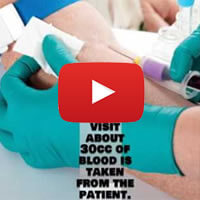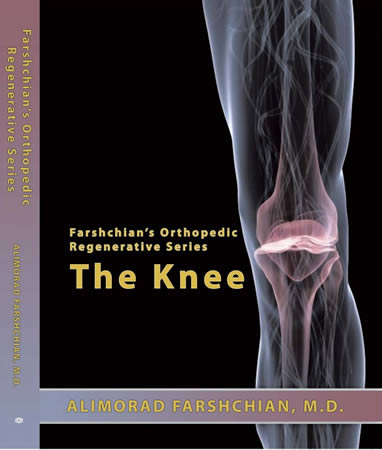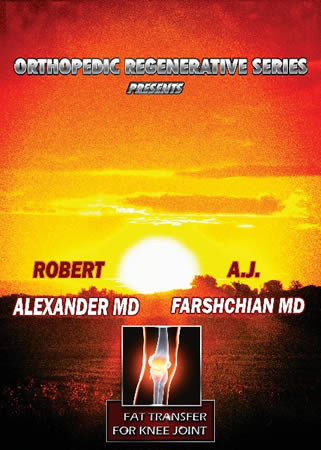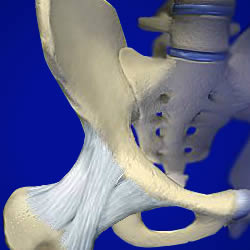Osgood-Schlatter
- Home
- Case Studies
- Osgood-Schlatter

Osgood-Schlatter
KB is a 50 year old white male with history of knee pain since a teenager, came in today for a consultation with me regarding his right knee. Patient past medical history is significant for the history of Osgood-Schlatter disease, followed by a Football injury at the age of 20 , followed by 2 arthroscopy surgeries which both helped the patient significantly now is being scheduled for Partial Knee replacement, patient is looking for a possible alternative. His past medical history is positive for Diabetes typeII which is well controlled. Patient otherwise is good candidate for total knee replacement.
Discussion: This medical center has seen more than a few people with; "Stage IV arthritis with people whom have had past medical history of Osgood-Schlatter disease in their adolescent days". Most of the medical books and current journals state that this entity is temporary and clears up by itself, I tend to differ with that ideology and I believe that is an overstatement regarding the patients with Osgood-Schlatter. Osgood-Schlatter (OS) (tibial tuberosity apophysitis) disease is one of the most common causes of knee pain in the adolescent. During adolescent growth spurt, humans' bones grow rapidly. If the adolescent is involved in a lot of running and jumping activities during this time, he or she is at risk of developing Osgood-Schlatter disease with arthritis like symptoms such as pain, swelling and tenderness just below the kneecap. Osgood-Schlatter disease occurs more often in athletic kids than in non athletes, affecting as many as one in five adolescent athletes. Boys and girls are affected generally equally. Having Osgood-Schlatter disease may be emotionally disturbing to the adolescent who loves athletics, because it may need to limit his or her running and jumping activity level for a short time. Although the condition is normally temporary, I believe the parents of the adolescent with Osgood-Schlatter disease should be warned about excessive physical activity despite the common knowledge.
Case Study Date: 1/31/2011







